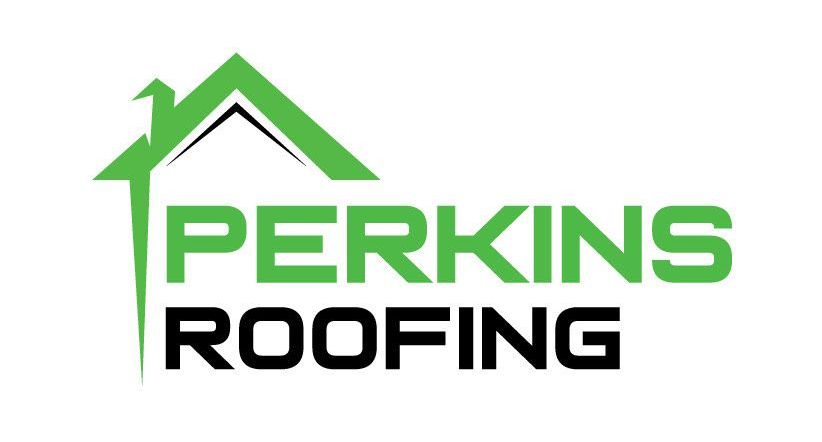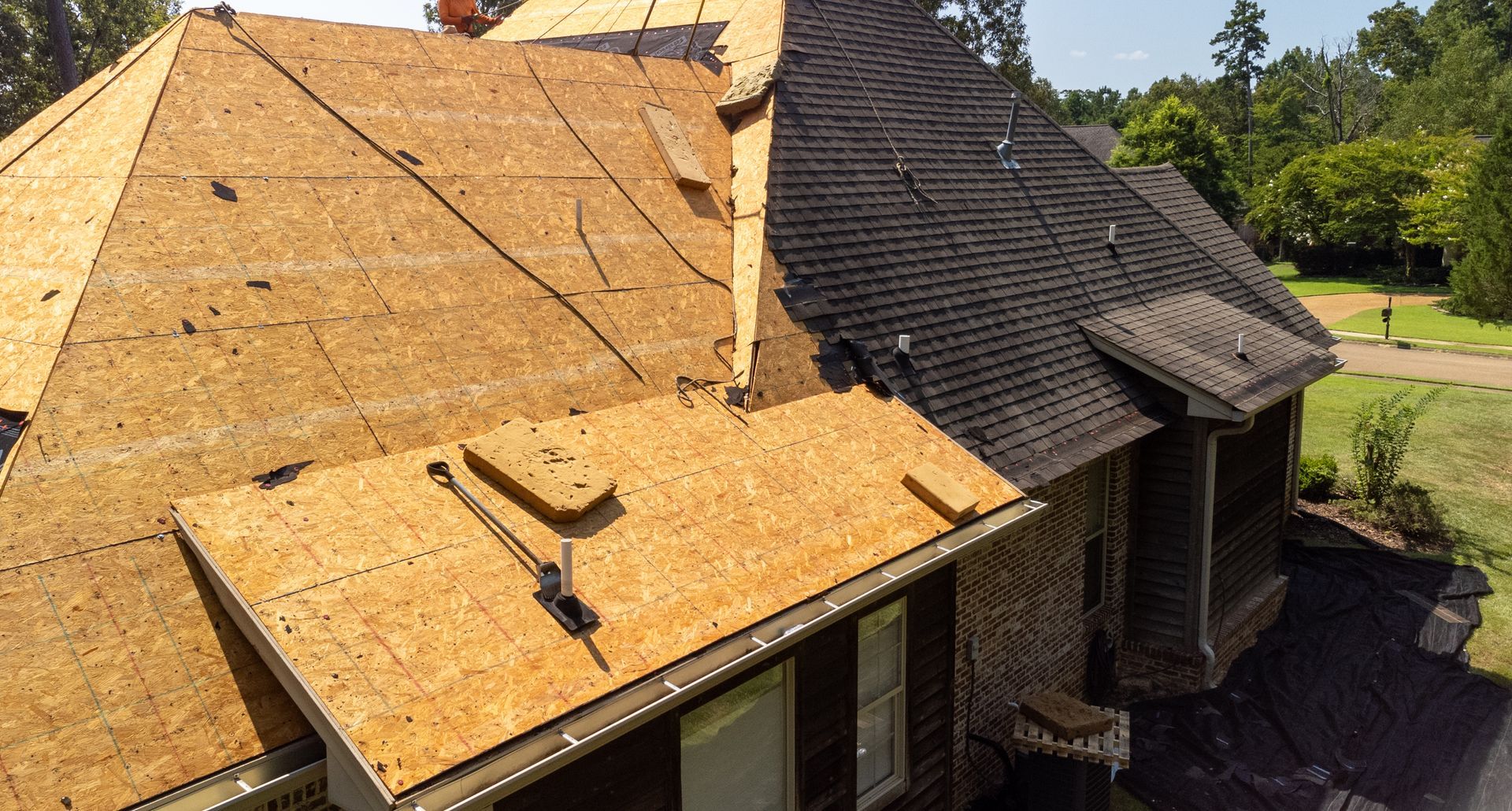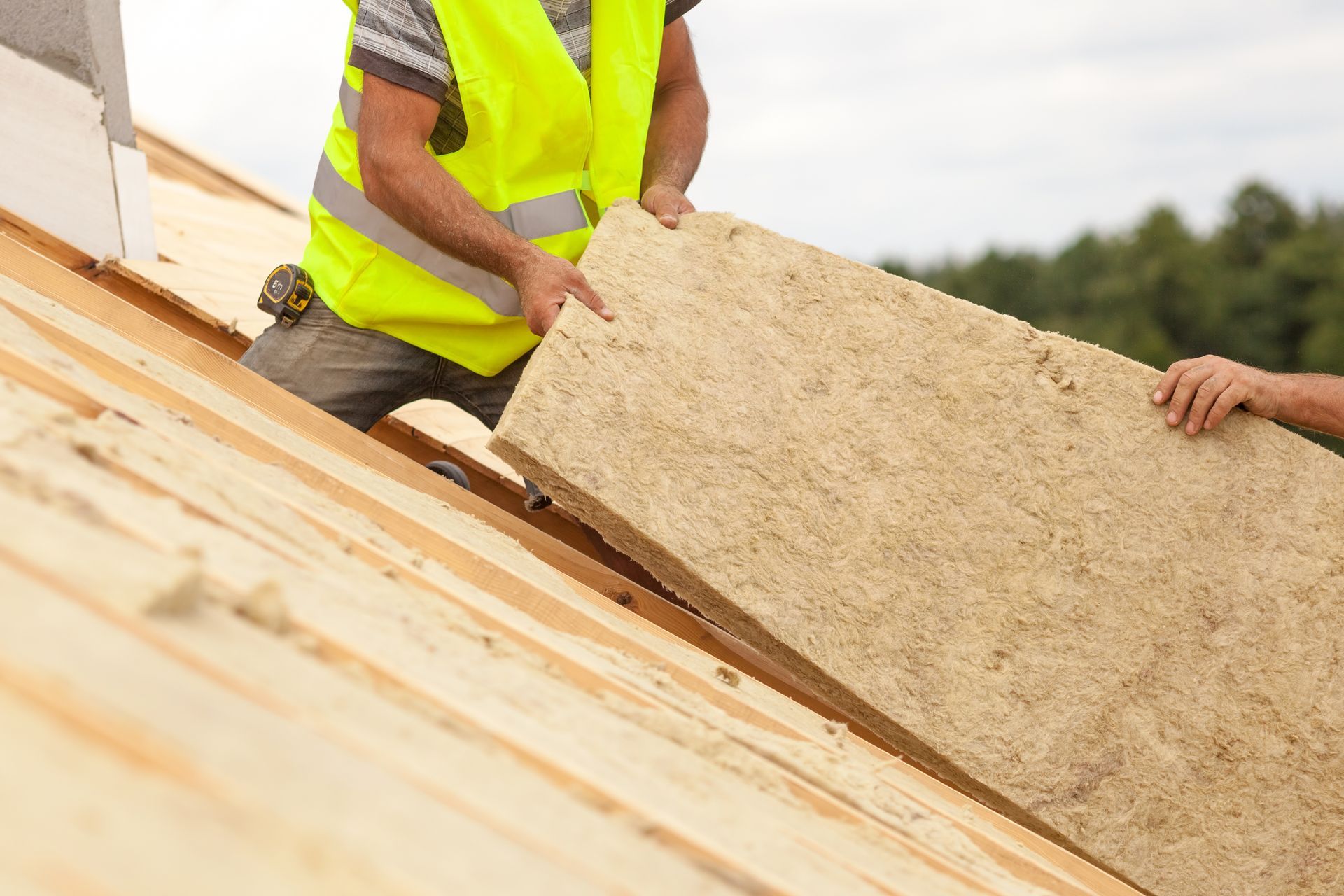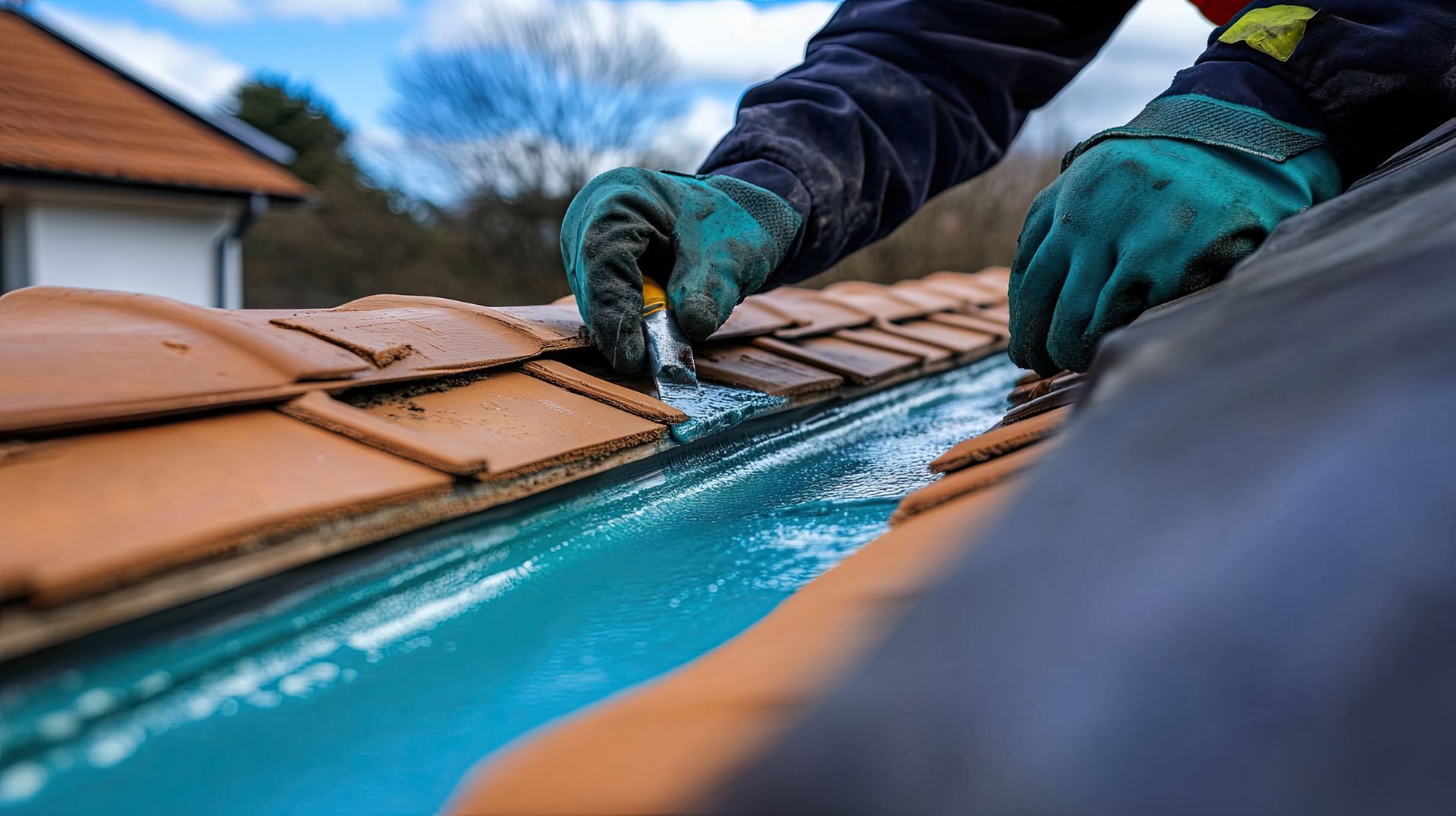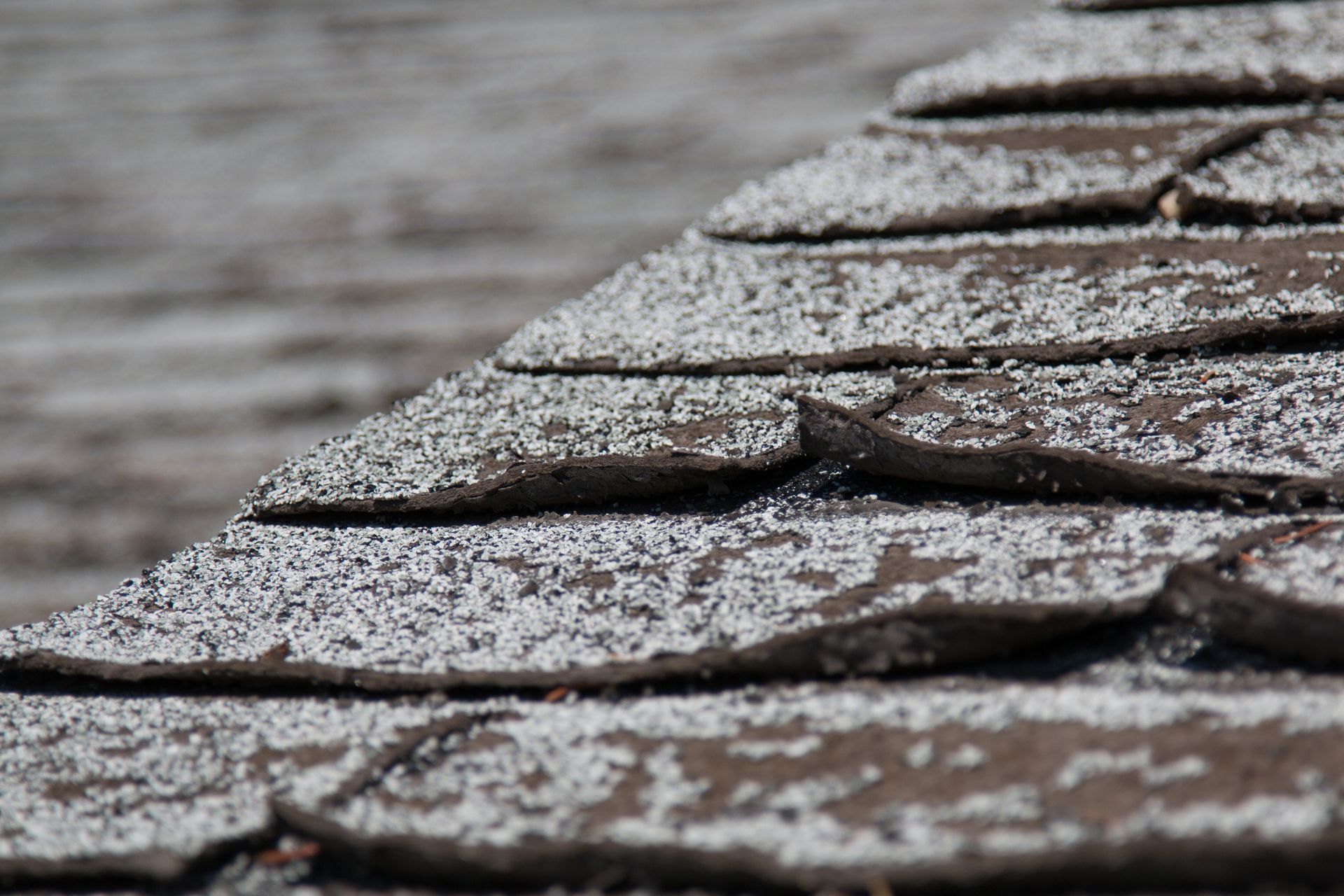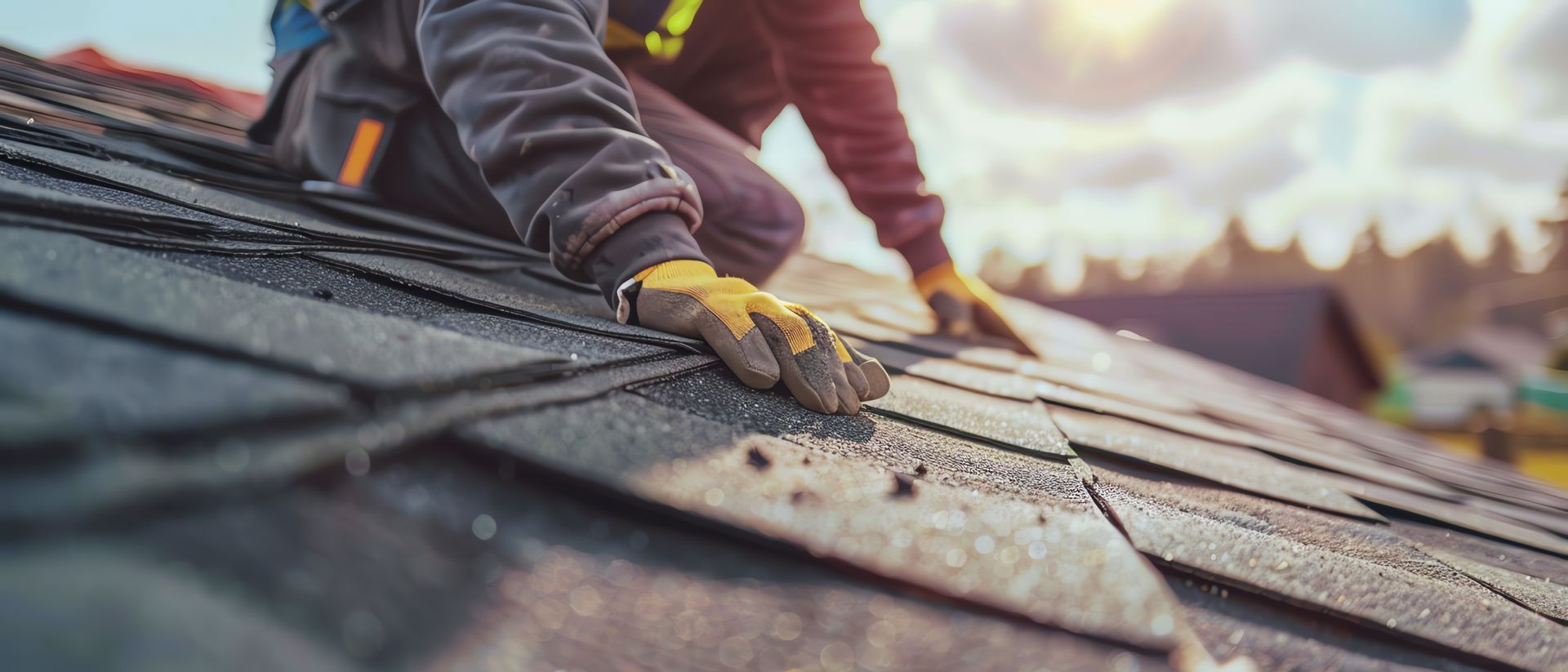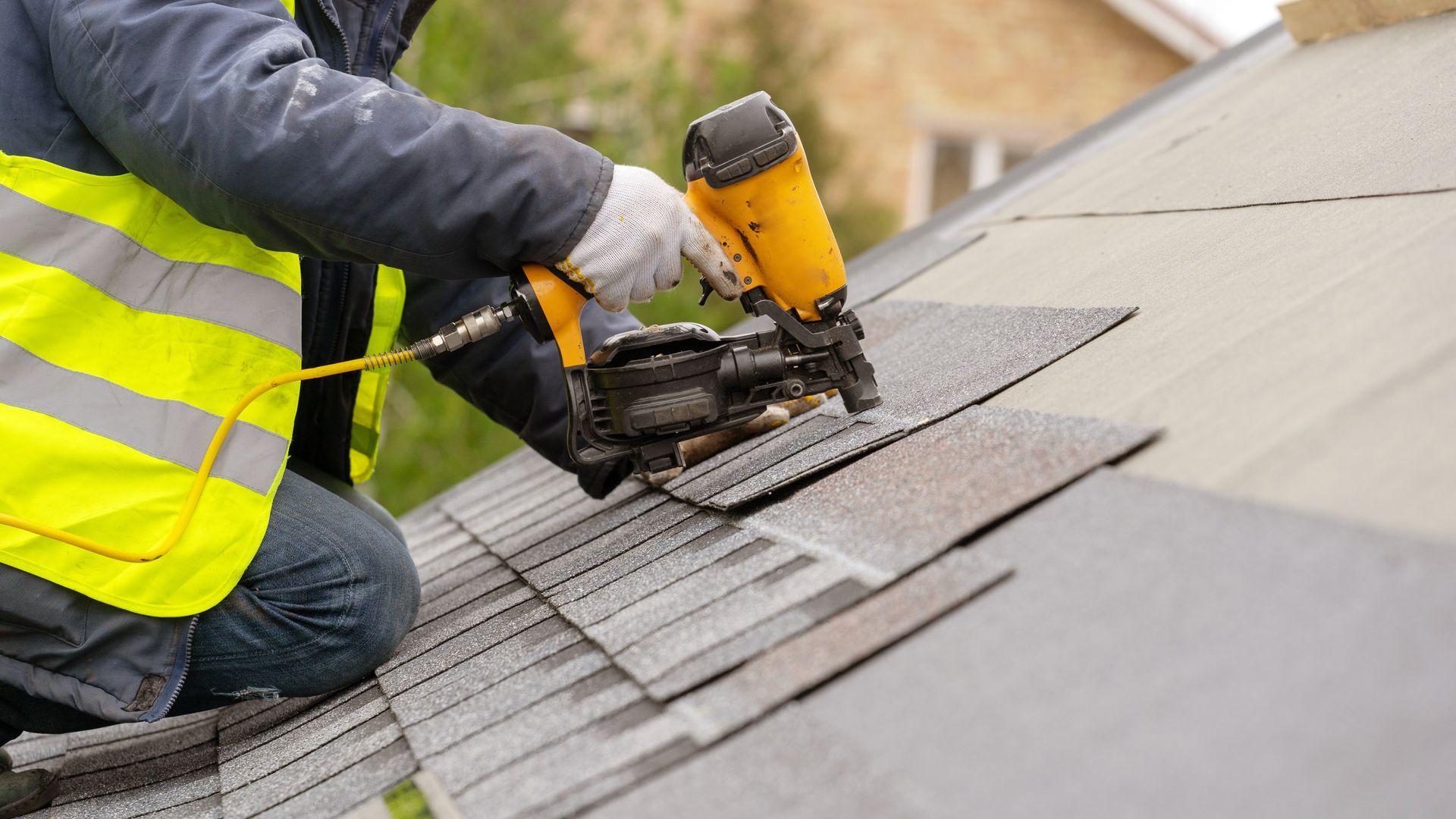Understanding Your Home Insurance Policy in The Woodlands

Your home insurance policy can be difficult to decipher, especially when you’re grappling with roof damage after a storm and are unsure of how to file a roof damage insurance claim.
Before founding Perkins Roofing, Matt Perkins was a claims adjuster. He leverages this expertise during storm damage claim inspections, clearly documenting all damage to ensure your filing is accompanied by the detailed evidence companies are looking for when they make claim approval decisions.
Our roofing professionals will provide you with a comprehensive roof inspection, thoroughly documenting all damage to fortify your application and maximize its chances of success.
What Areas Does Home Insurance Typically Cover?
- Dwelling: Coverage to repair or rebuild your home after damage or even a total loss
- Other Structures: Coverage for parts of your property detached from your home, including fences, sheds and gazebos
- Personal Property: Coverage for your belongings inside your home, like furniture and jewelry
- Loss of Use: Coverage for living expenses if you and your family need to temporarily relocate due to damage that makes your home uninhabitable
- Personal Liability: Coverage if you, a family member or even your pet causes damage or harm to someone else or their property
- Medical Payments for Others: Coverage for medical expenses if someone is injured on your property
Types of Home Insurance Plans
HO-1 is the most basic plan. It only provides limited coverage for eleven named perils, including fire and theft, and excludes many common risks like liability and personal property damage. As a result of its rigid protections, mortgage companies are less likely to loan to homeowners with this policy, which is why it’s less common.
HO-2 does cover more perils than HO-1, including additional risks like falling objects and water damage from plumbing issues, but it only covers the specific perils mentioned in the policy – meaning there won’t be a lot of leeway for unanticipated hazards.
HO-3 is the most common type offered. Unlike HO-1 and 2, it provides broad coverage for all perils, including liability protection and coverage for personal belongings. It does not cover certain excluded perils, like floods and earthquakes, which require separate policies.
HO-5 is similar to HO-3, but it offers protection against not only all listed perils but also all unlisted perils. Under this plan, you’ll be compensated for any personal property losses based on the replacement cost, which may be higher than the actual cash cost in some cases. While it’s priced higher than HO-3, some homeowners may find HO-5 more suitable to their needs – especially if they’re renting to tenants or have other high-risk factors associated with extensive home damage. Natural disaster perils are still excluded, including floods and earthquakes.
HO-8 is for homes older than 40 years old, for which the replacement costs exceed the market value. While this policy acts functionally the same as other home insurance policies, it also provides coverage for the actual cash value of the home, accounting for depreciation, as well as other protections older homes can require.
Other types of home insurance plans will depend on the specific home or ownership structure, including:
- HO-4, also known as renter’s insurance, is designed to cover protections for personal belongings, liability and other living expenses but not for the building itself, since the policyholder doesn’t own the property. For property managers looking to safeguard their investment, ensuring tenants have HO-4 insurance can help protect you against worst-case scenarios.
- HO-6, also known as condo insurance, covers only personal property and the interior of the unit, while the condo managers and/or your
HOA
have insurance to protect the exterior and common areas.
- HO-7 is tailored for mobile or manufactured homes, covering the structure and your personal property.
What Should You Look for in a Home Insurance Policy?
Confirm what specific damages you’re covered for, including those caused by wind, hail and water damage from storms, and how much you’re covered for. If certain weather-related damages are excluded from your policy, investigate whether some damages, like from natural flooding, require a separate plan and whether it’s worth investing in.
You should also review your policy limits, whether your policy reimburses the replacement cost or the actual cash value and last but not least your deductible, or how much you’ll have to pay out-of-pocket before your insurance coverage begins. These factors can be subject to change, which is why it’s crucial to review your policy annually to ensure you’re not missing any critical updates that can affect your claim application in the future.
Hire Roofing Experts Who Will Guide You Through the Tricky Claims Process
Learn more about working with a local, family-owned roofing company or schedule a free roof inspection by calling Perkins Roofing at (832) 702-0201 today.
